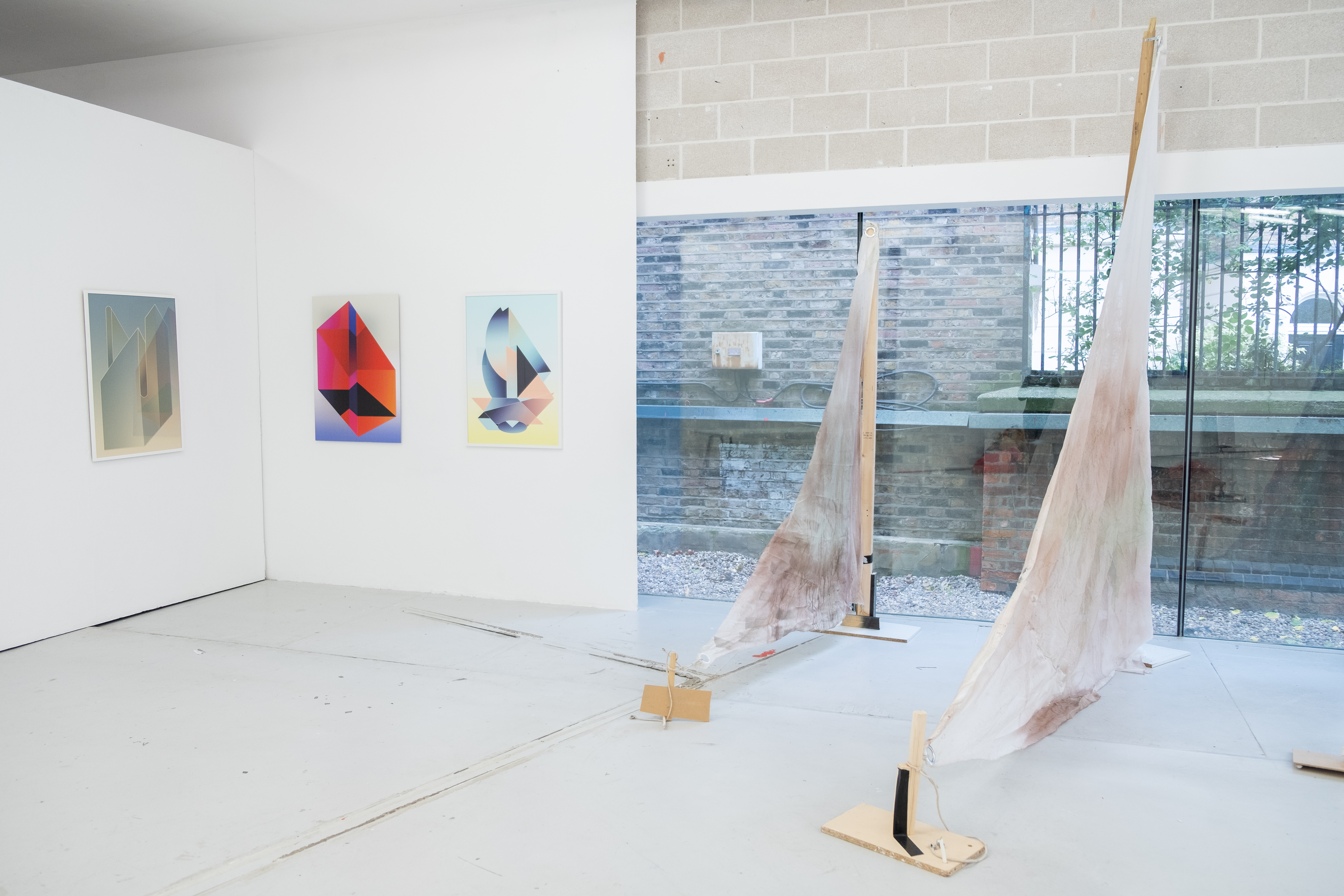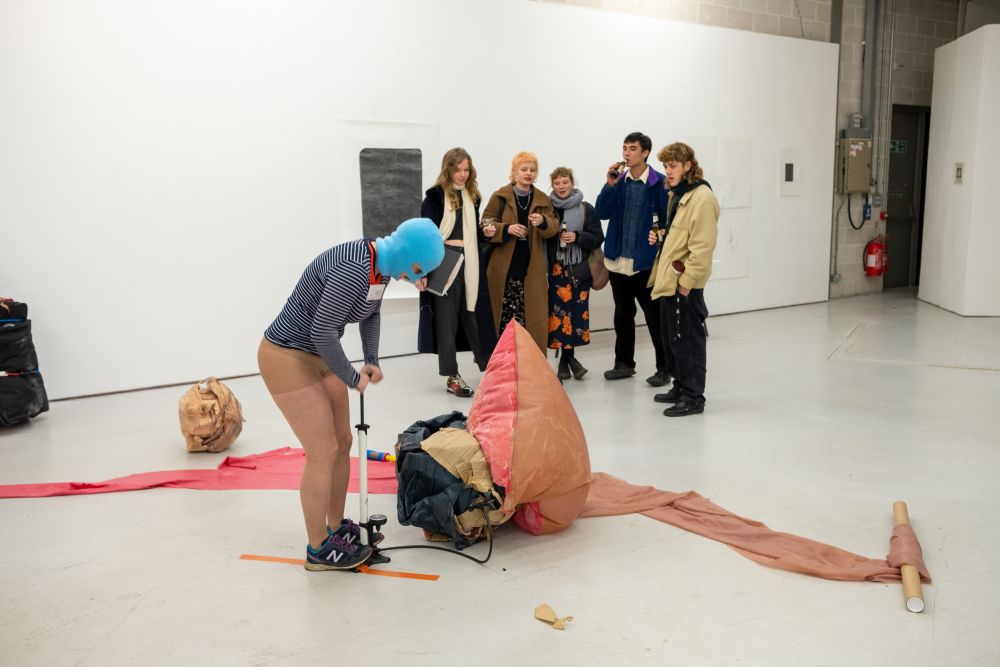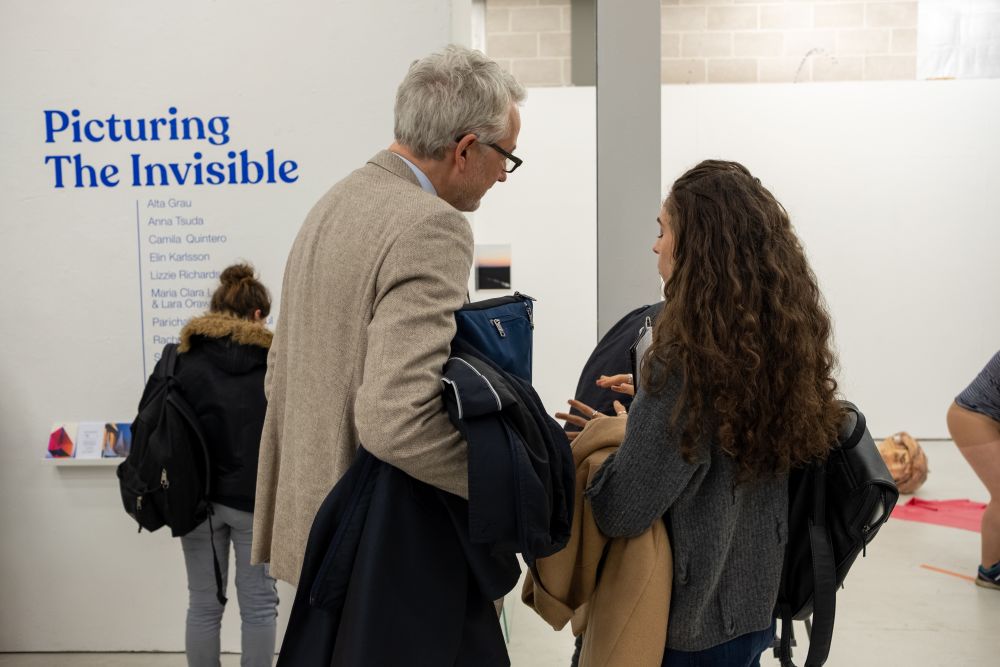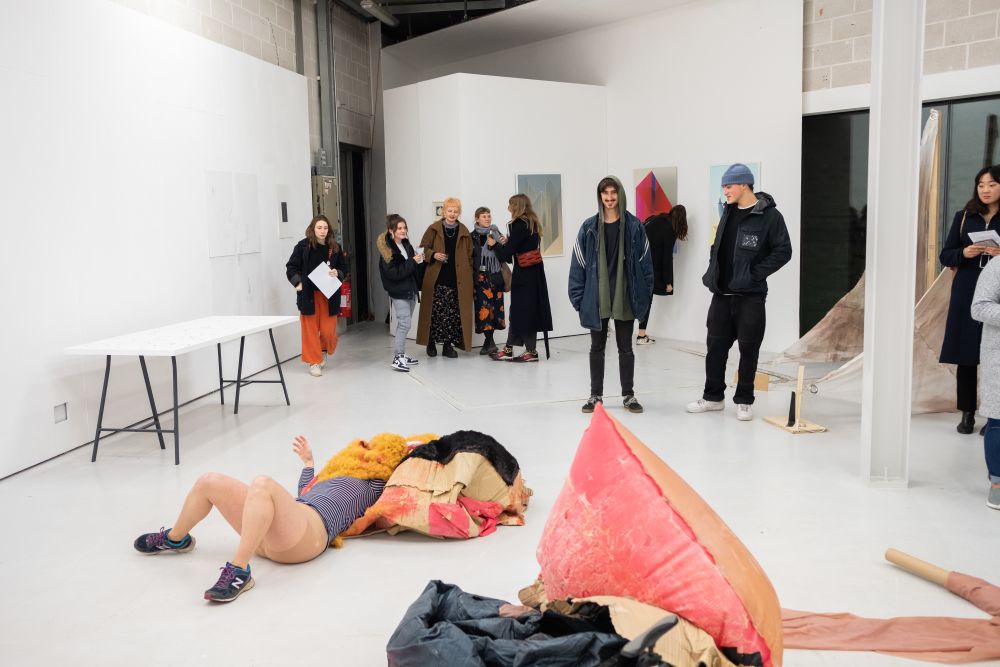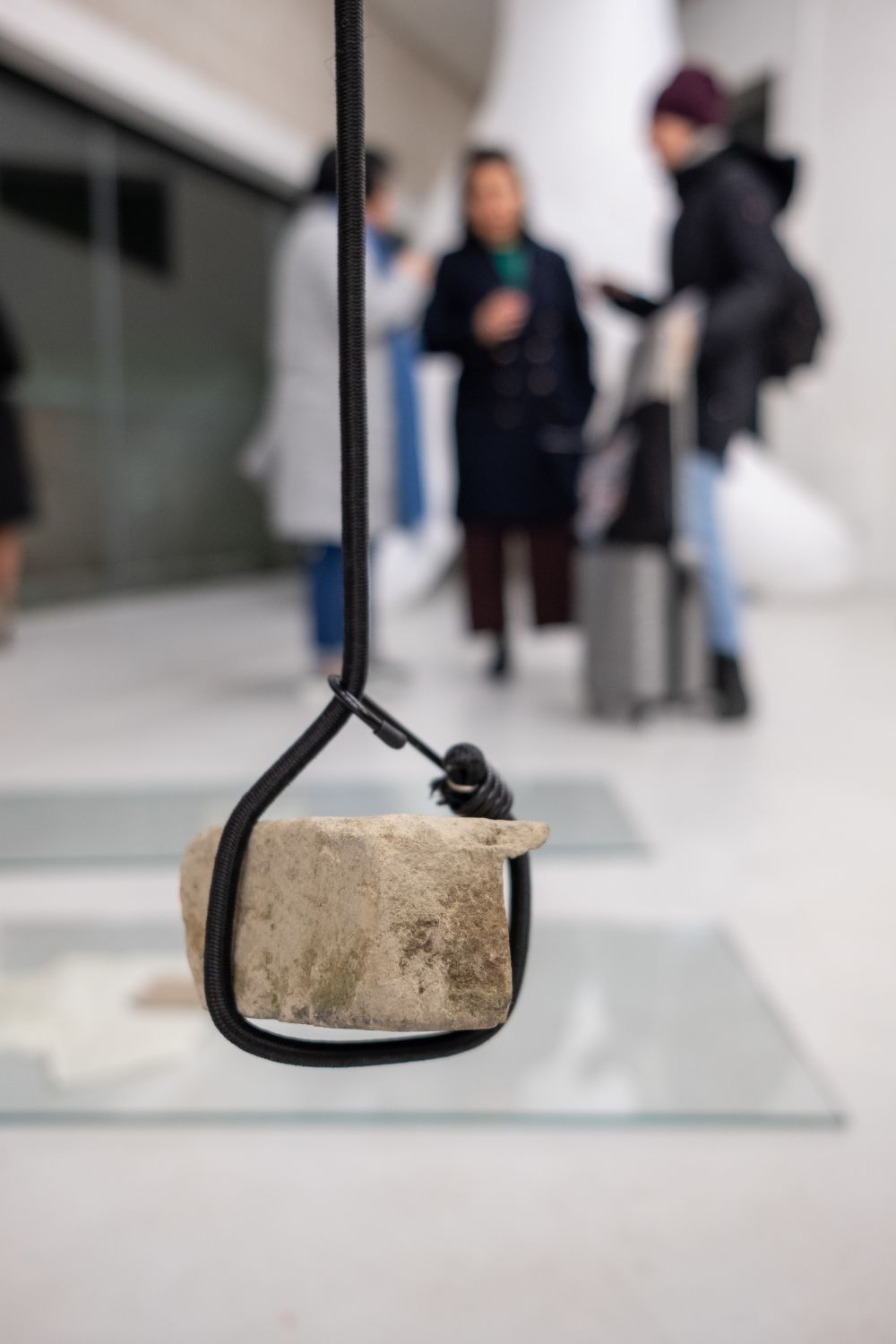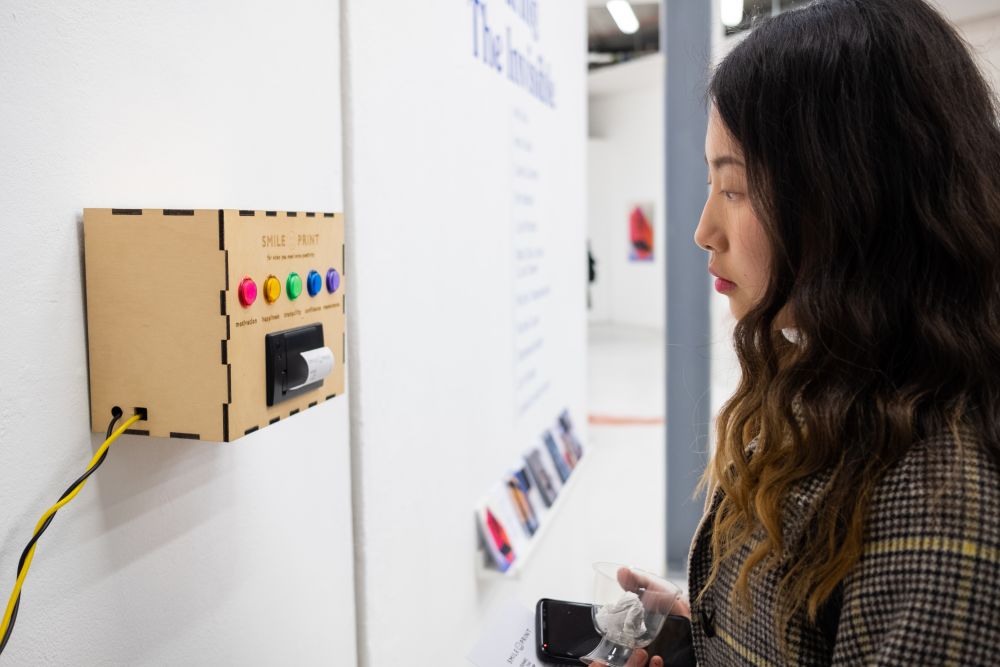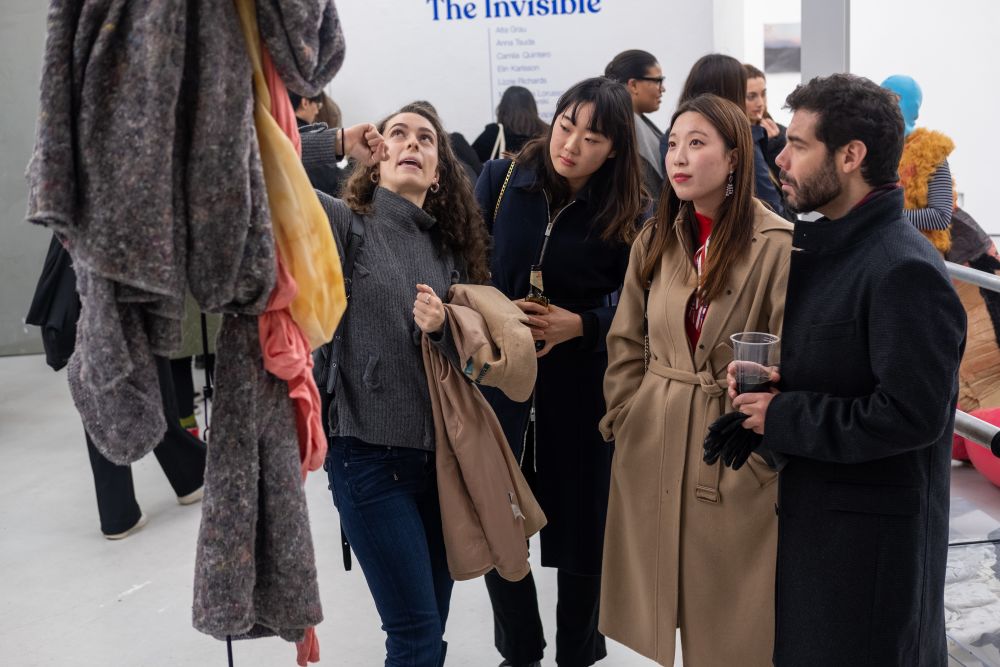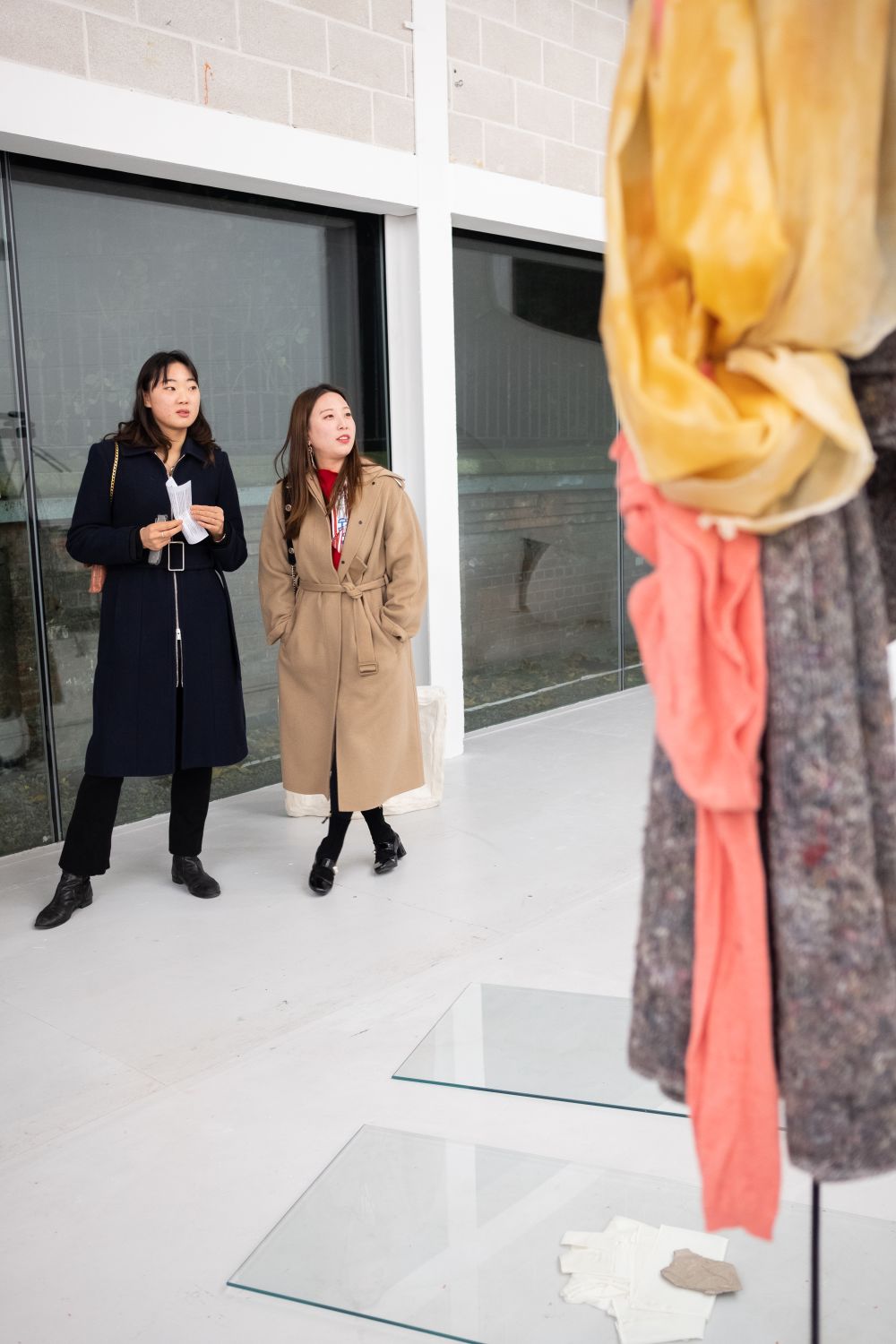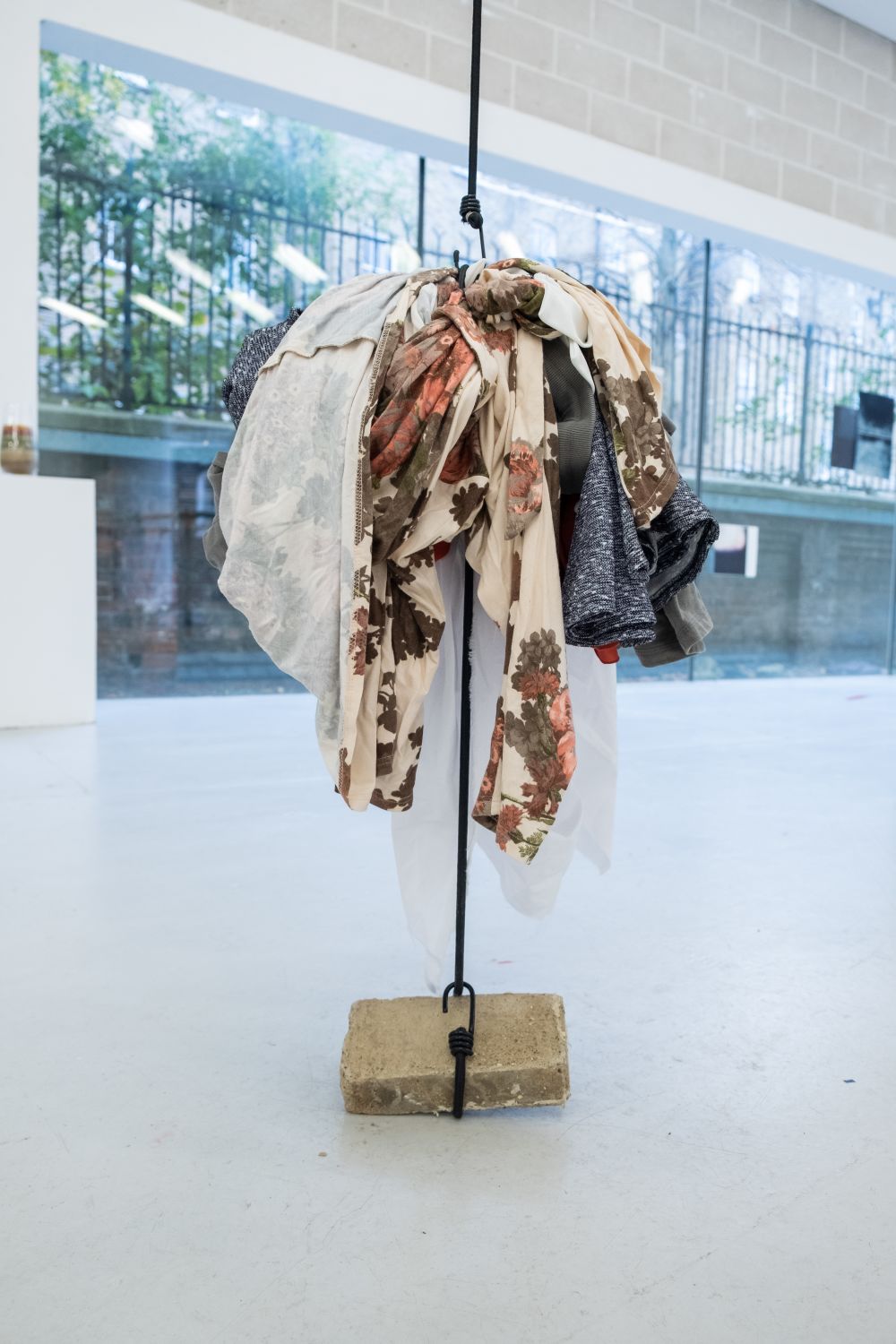Pop-up exhibition
7-8 November 2019 (10am – 5pm)
Triangle Space Gallery, Chelsea College of Arts
Artists: Altea Grau Vidal, Anna Tsuda, Camila Quintero, Elin Karlsson, Lizzie Cardozo, Maria Clara Lorusso & Lara Orawski, Parichat Tanapiwattanakul, Rachael Causer, Stephanie Spindler and Zoe Prichard
Curated by Abbi Fletcher
Picturing the Invisible - the pop-up exhibition, responded to the ideas behind the related research network. The curator of the show, Abbi Fletcher, investigated the contemporary and historical contexts of art and science and provided the artists with a platform to express their own ‘unknown’ in exploring themes of discovery in research, production and practice. Abbi invited the audience to investigate the manifold ways by which artists deal with forms and concepts that are otherwise familiar with renewed appearances and meanings.
Drawing on current and historic artistic practices, as well as a range of scientific fields, each artist addressed their process of inquiry, investigation and discovery when confronted with ambiguous subject matter - be that social constructs, cultural phenomena or lived experience.
The body and the experience of being human were themes addressed by a range of artists featured in the show. Anna Tsuda transforms emotions into tangible forms, while Stephanie Splinder investigates the integrity of the body and the complexities contained within. Maria Clara Lorusso and Lara Orawski’s anthropomorphic alpaca prompts the viewer to question their own cycle of life, while Parichat Tanapiwattanakul deconstructs and exposes the layers of the natural world – pollen, petals, branches, roots and dirt.
Several artists featured in the exhibition brought into light the complexities of the everyday objects we interact with. Rachael Causer explores the hidden histories in traces left behind by previous owners, while Lizzie Cardozo abstracts unremarkable items from their context, prompting questions on presence, absence and purpose. Zoe Prichard’s work exploits the shifting space between recognition and unfamiliarity that photography can provoke. Camilla Quintero’s work is based on perception and spatial discovery, through a visual language that aims to draw out subconscious connections with the viewer.
Investigation as an ongoing process is another key theme of the exhibition. Work on display by Elin Karlsson was created during a recent residency in Rome, as a research methodology for an inquiry into the unknown, or changing the known. Altea Grau’s work is also the result of a practice-based investigation into how perception and reading, subconsciously change as a result of playing with conventions of book pages. ‘Picturing the Invisible’ invited the viewer to experience the ways in which artists question and unpack the forms and concepts that exist among the every day, and how the shifting boundary between what we know and don’t know can be brought to the surface for interrogation. The need to address the vast over-consumption of the world’s resources has never been more urgent, and this exhibition confronts the intersection between artistic and curatorial production, the importance of artistic expression in a time of global uncertainty, and the realities of sustainable practice.
Gallery
Words by Abbi Fletcher and Gabriele Grigorjeva.
This exhibition coincided with the two-day conference, Picturing the Invisible, convened by Professor Paul Coldwell (UAL) and Professor Ruth Morgan (UCL), as part of a Research Network funded by the Arts and Humanities Research Council (AHRC). With special thanks to the School of Fine Art at Camberwell, Chelsea and Wimbledon (UAL) and UAL Post-Grad Community.
